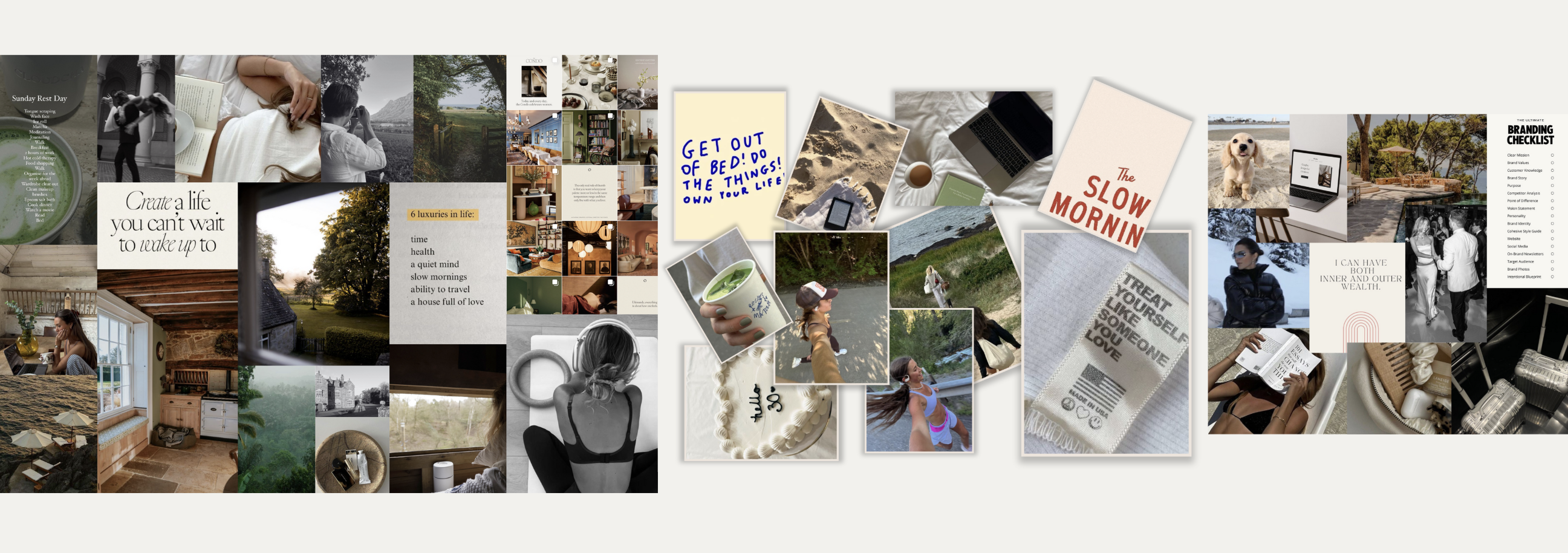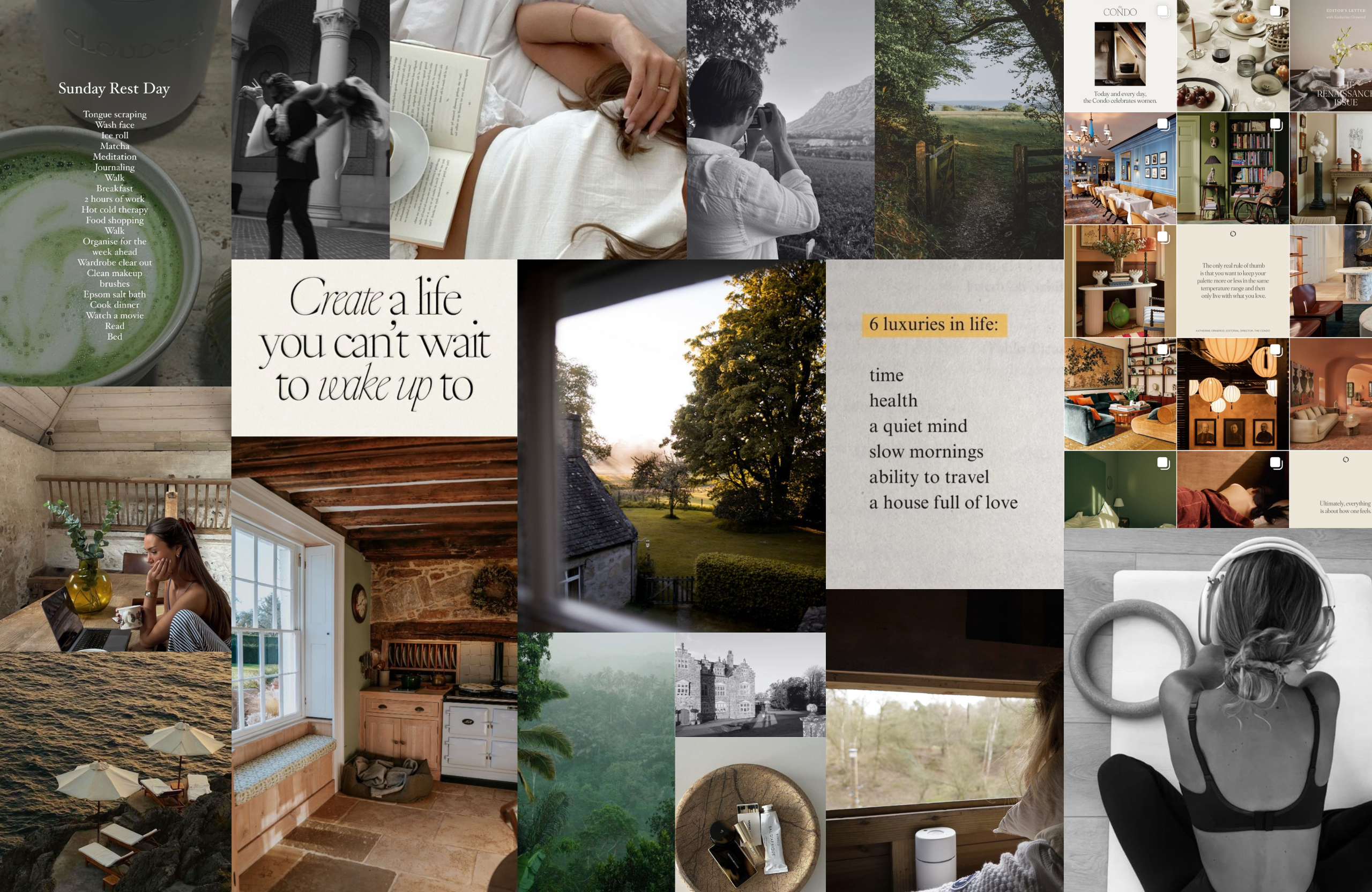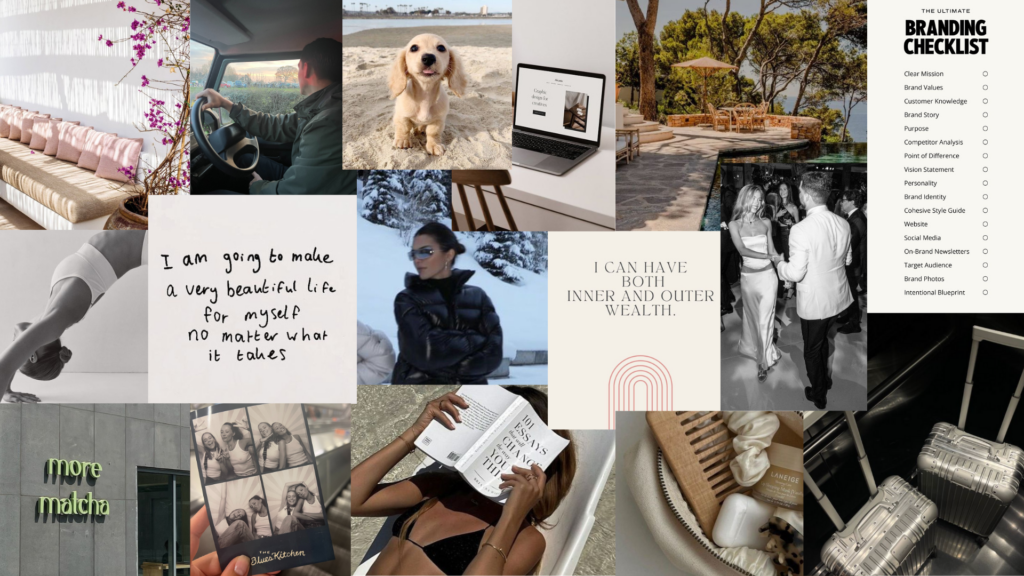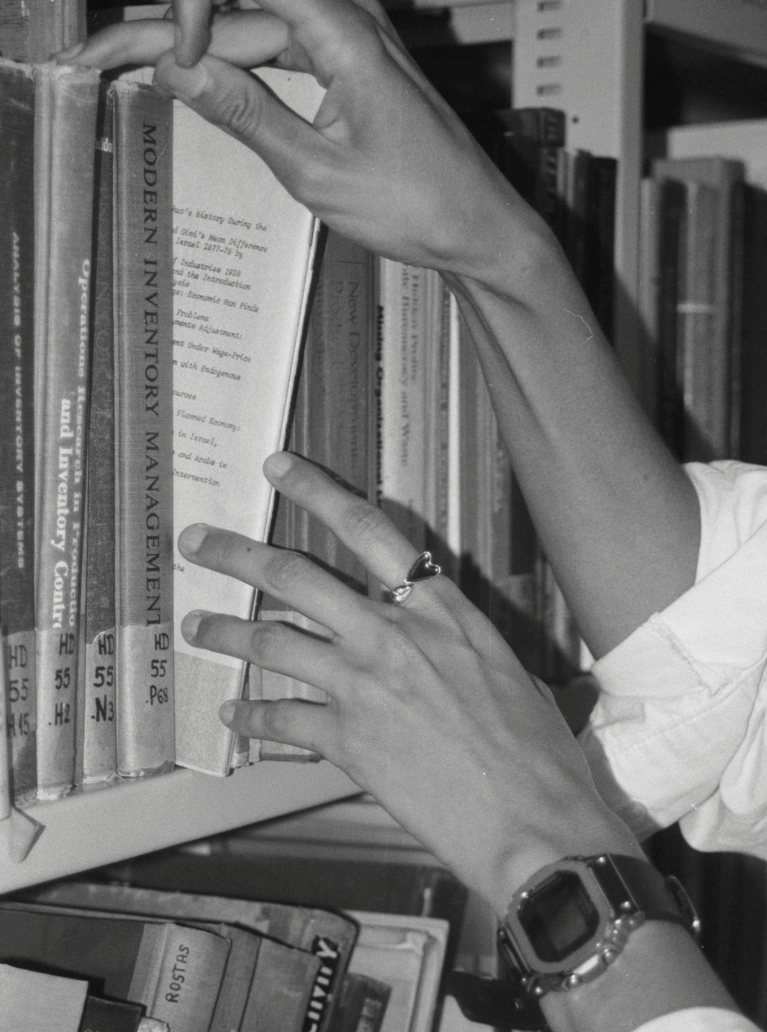
How To Vision Board Effectively
There’s a quiet science behind the art of visualization, one that successful entrepreneurs, elite athletes, and high achievers have long harnessed to shape their futures. Vision boards, far from being mere collages of aspiration, tap into the brain’s intricate wiring, sharpening focus and turning possibility into tangible progress.
At the core of this is the Reticular Activating System (RAS), the brain’s natural filter, sifting through a sea of information to highlight what truly matters to you. When we translate our ambitions into vivid imagery, the RAS is activated, subtly guiding our awareness toward aligned opportunities.
Deeply Intuitive Process
Neuroscience supports this deeply intuitive process. Studies show that the act of visualizing an outcome engages the same neural pathways as experiencing it firsthand. One striking example comes from Harvard research on pianists: those who mentally rehearsed playing saw nearly identical brain activation to those physically practicing. In essence, the mind begins to believe in the reality of the vision, making action feel inevitable.
Beyond cognitive science, vision boards hold an emotional weight that words alone cannot carry. They create a visceral connection to our aspirations- one that fosters motivation, confidence, and self-efficacy. A study published in the Journal of Applied Psychology found that individuals who wrote down and visualized their goals were 1.4 times more likely to succeed than those who relied on thought alone. Similarly, research from Dominican University demonstrated that regular engagement with written and visualized goals increased achievement rates by an astonishing 42%.

Relentless Focus On The Future
This practice is not reserved for dreamers or people with too much time on their hands; it’s a strategy embraced by industry leaders. Entrepreneurs like Ben Francis (Gym Shark), Will Shu (Deliveroo) and Holly Tucker (notonthehighstreet.com) credit their success, in part, to a relentless focus on the future, using visualization as a tool to shape their paths.
In a world of constant distractions, a vision board serves as a striking reminder of where you are headed. More than a collection of images, it is a map- a powerful narrative of your aspirations.
Where To Start:
Aforementioned, vision boarding can have a huge impact on what your future looks like so it inevitably can feel quite daunting to start. Looking at examples of vision boards to find your style and following guidelines can ease you in to starting the process. Talking aloud your goals to friends can help you refine and align them to give you clarity on exactly what you want.
Drawing a blank:
If you’re drawing a blank with your future goals my first step would be to use magazines. Flick through them and cut out any images that you like, just what you like. Then, think about what these images represent. Have you cut out the beach? Maybe you want to go on holiday this year? Have you cut out a kitchen scene? Maybe you want to keep a tidier home? Everything you’re drawn to is a little hint into your subconscious and what you’re looking for.

Starting with goals:
Breaking your goals down into sections can make your ‘board’ feel less overwhelming. For 10 images, I use this breakdown:
3 Habits
3 Goals
3 Manifestations
1 Bonus Image
I first write down what these are and then research the image that matches it. Sometimes this image search can have you going off on a tangent and that’s totally fine, you’re just refining what it is you’d like to achieve.
When creating a larger board I think about my future goals for; finance, wellbeing, personal and work/business.
I use this ordered layout to help me gain clarity on exactly what that goal looks like. Here are some examples of the questions I ask myself:
Which specific goal did I want to achieve?
Why do I want to reach that goal?
How would my life change if I reach that goal?
Small steps (list on avg 5)
Limiting Beliefs (list on avg 3)
Positive Statements (list on avg 3)
It’s then a case of searching lots of different images to represent all the different goals I’ve thought of. This could include quotes, landscape pictures of pictures that really represent the goal.
I always include my own photos of what my life is already like, to remind myself to be happy in the present too.
Here’s an example of my past boards, 10 images and laptop background.
Reflection
One thing I learnt from vision boarding or goal setting is that it really doesn’t matter if you reach your goals. Your vision board is a reminder of what you wanted one day.
For my first vision board I included a Rimowa suitcase (£600). This was a representation of having ‘spare cash’ to spend on luxury items. I had recently given up my full-time job and was earning enough to live but not enough to ‘treat myself’. One year later, I didn’t have the suitcase, but I didn’t feel like a failure.
Instead, I realised that throughout the year I had grown and actually didn’t feel attachment to my belongings. I had started to prioritise experiences and wanted to spend money I’d earnt on fulfilling activities with friends or giving back to others. I actually felt proud I hadn’t ordered the suitcase, it served as a reminder of this growth.
We Would Love to Hear From You
Contact: [email protected]



